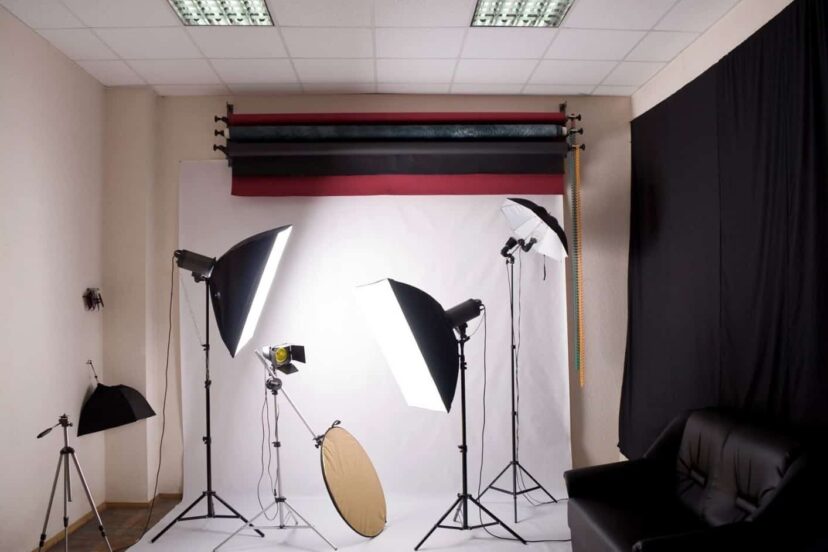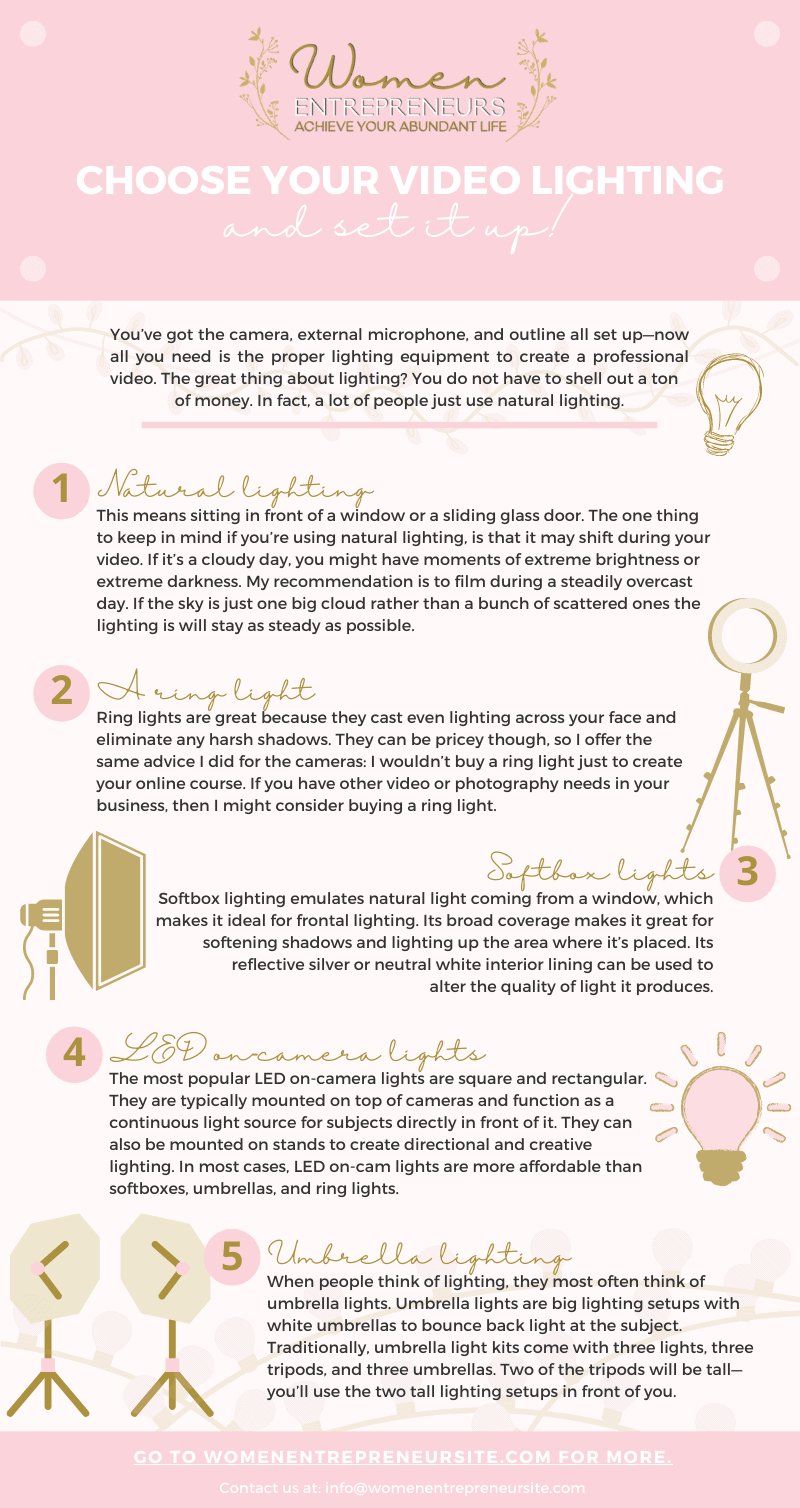In the realm of professional growth, there comes a pivotal moment for many individuals when the…
Choose your Video Lighting and Set it up!

Currently that you have the cam, microphone, and description ready, all you require is the correct lighting to create a professional video. Lighting will make all the difference in the quality of your video clips, as I mentioned in my post about the camera. Lighting can make or damage a video clip no matter what kind of electronic camera you use.
Isn’t the use of light amazing? It’s not necessary to invest a significant amount of money, as numerous individuals rely on natural light alone.
1. Natural lighting
Sitting facing a window or a sliding glass door is what this means. You should keep in mind that natural light may change throughout your video clip if you are using it. It is likely that there will be moments of extreme brightness or extreme darkness on a cloudy day. It would be best to film on a gradually cloudy day. Lighting will be consistent if there is just one large cloud instead of many scattered ones.
2. Ring lights
The excellent thing about ring lights is that they illuminate your entire face and also get rid of any kind of intense darkness. As with the video cameras, they can be costly, so I recommend that you do not buy a ring light just to create your online course. It might be worth looking into getting a ring light if your organization uses video or digital photography.
3. Softbox Lights
Frontal lighting can be achieved by using softbox illumination, which mimics natural light from windows. Due to its wide coverage, it is ideal for softening darkness and illuminating locations. You can choose to use the reflective silver or neutral white interior lining of the object to modify the properties of the light it emits.
Lights that are used in softboxes are usually squares or rectangles, but there are also octagonals, hexagons, long strips, parabolics, and also round ones.
4. LED On-Camera Lights
The most frequently encountered on-camera lights are square and rectangular LEDs. Typically positioned on top of video cameras, these lights offer a continuous source of illumination for subjects directly facing them. Furthermore, LED on-camera lights can be mounted on stands to produce directional and artistic lighting effects. In comparison to softboxes, umbrellas, and rings, LED on-camera lights are also more budget-friendly.
5. Umbrella lighting
Lights are usually associated with umbrellas when people think of lighting. An umbrella light is a large lighting arrangement that uses white umbrellas to bounce light back onto the subject.
There are usually three umbrella lights, three tripods, and three umbrellas included in umbrella light packages. Using the two high lighting setups before you, you’ll set up two tripods that are tall. There will be two of them, one on the left and one on the right, both angled at you. In addition to illuminating your background, the short light stops darkness. Don’t let the brief light enter the camera’s frame.

Now, set-up your 3-point Lighting:
There is a common lighting arrangement called 3 point lighting. There are three lights in this arrangement: two essential lights, a fill light, and a hair light that serves as a backlight.
- The key light should be the brightest and supply the bulk of your light.
- The fill light removes darkness triggered by vital lights. It is recommended that your fill is less extreme than your trick, so while it still removes shadows, it does not result in a flat-looking shot due to the fill and vital lights matching too closely.
- The backlight creates depth and prevents a level-looking picture by dividing the subject from the background. Using tough light will not produce shadows on the face of your subject, so you can use it for the backlight (no diffusion).








